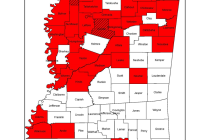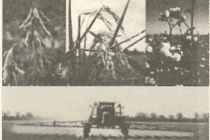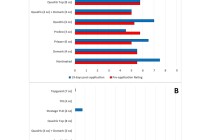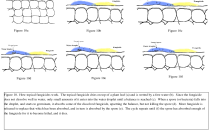Corn disease update June 13, 2014
To date this has been a fairly light corn disease year. However, some lesser observed diseases, such as anthracnose leaf blight can be observed on the lowest leaves in some corn fields. Common rust, northern corn leaf blight, and to a much lesser extent southern corn leaf blight can also be observed in some corn fields.






